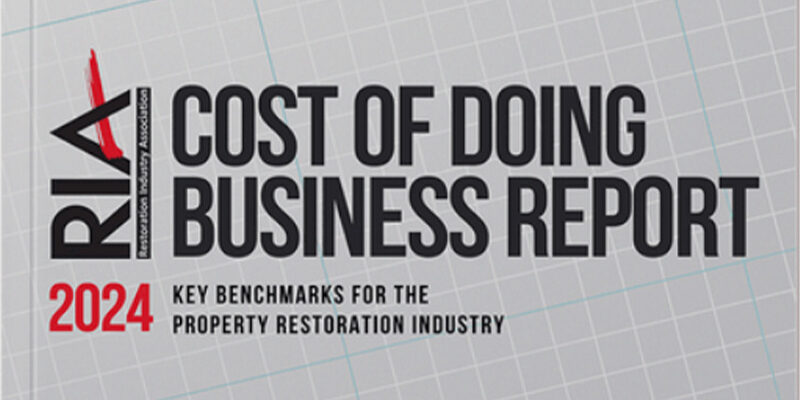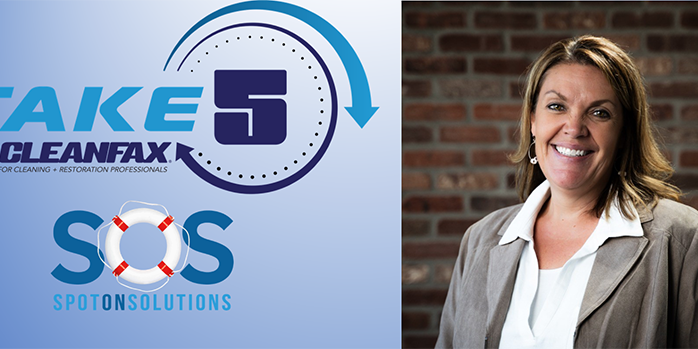A Guide to Google’s Redefined Content Guidelines

By Sonny Ahuja
When it comes to content, the quality is of prime importance for Google. This is the underlying message reflected in the new updates to Google’s Quality Rater Guidelines, which are a set of instructions that Google’s human quality raters follow when manually evaluating the performance of Google’s algorithms.
These reforms provide new information on how to assess “low quality” and “lowest quality” pages. Of all the changes made to the 164-page guidelines, the sections on page quality received the most significant updates.
When a rater analyzes whether a piece of content is of “low quality,” they refer to what is laid out in the Quality Rater Guidelines for their analysis of the content.
It’s important to note that quality raters cannot personally change how a page is ranked. Rather, they can only pass feedback to those who write Google’s algorithms. From there, an algorithm update may be pushed out, which would then impact page rankings.
How Google defines low-quality pages
According to Google’s updated Quality Rater Guidelines, low-quality pages are those that miss the mark on what they have set out to achieve. This could be due to one of two reasons: Either there is not a satisfactory amount of content to adequately satisfy the reader, or the content creator isn’t well versed in the topic they’re writing about.
Google says these pages “may have been intended to serve a beneficial purpose. However, low-quality pages do not achieve their purpose well because they are lacking in an important dimension, such as having an unsatisfying amount of MC [main content] or because the creator of the MC lacks the expertise for the purpose of the page.”
The key difference between this revised definition of low-quality pages and the previous definition is that quality can still be considered “low” even if there was a clear intention for the page to serve a beneficial purpose. Quality raters are instructed to rate a page as “low” if any one or more of the following applies:
- There is an inadequate level of expertise, authoritativeness, and trustworthiness (E-A-T),
- The quality of the MC is low,
- There is an unsatisfying amount of MC for the purpose of the page,
- The website or creator of the MC has a mildly negative reputation based on extensive reputation research.
- The ads or supplementary content (e.g., related-pages links) distract from the MC,
- There is an unsatisfying amount of website information or information about the creator of the MC for the purpose of the page (no good reason for anonymity),
- The title of the MC is exaggerated or shocking.
This last point means articles with clickbait-style headlines should now be considered “low” quality, regardless of the actual quality of the main content. Google elaborates on this point, stating, “Exaggerated or shocking titles can entice users to click on pages in search results. If pages do not live up to the exaggerated or shocking title or images, the experience leaves users feeling surprised and confused… Pages with exaggerated or shocking titles that do not describe the MC well should be rated low.”
If a page has multiple low-quality attributes, a rating lower than “low” may be applied.
More to know
Here is a roundup of other notable changes that were made to the “low-quality pages” and “lowest quality pages” sections:
- Ads should be considered distracting if they feature grotesque images.
- Extensive research is required to evaluate the reputation of a content creator.
- Identifying a content creator using a long-standing internet alias or username is now acceptable.
- A page is of “lowest” quality when the purpose of the page cannot be determined.
- “Your Money, Your Life” pages (pages that affect a reader’s future like health and money recommendations or pages in which you must use your credit card) with no information about the content creator should be rated lowest.
- Unmaintained websites should be rated lowest quality if they fail to achieve their purpose due to the lack of maintenance.
- Pages that promote hate against groups of people based on socio-economic status, political beliefs, and being victims of atrocities should be rated lowest.
- Pages that promote mental, physical, or emotional harm to self or others should be rated lowest.
- Content should be rated lowest if the creator has a negative or malicious reputation.
- Pages with links that are detrimental to users, such as malware download links, should be rated lowest.
- Pages that misinform users with “demonstrably inaccurate content” should be rated lowest.
- Any page designed to trick users into clicking on links should be rated lowest.
The points listed above are all new additions to Google’s Quality Rater Guidelines. Staying aware of changes to the way Google Ranks its search engine results pages is always a good idea. Consider these changes as you build and maintain your own site pages to make sure you keep improving your rankings.
Read the full Google Quality Rater Guidelines at bit.ly/google-quality-rater-guidelines-update.
Sonny Ahuja is an online lead-generation expert who specializes in high-conversion responsive websites, optimized mobile sites, Google AdWords, and SEO. He mainly helps remodeling, disaster restoration, and cleaning companies get more leads by developing their online lead-generation systems. Visit https://www.killitonline.com for more from Ahuja.












